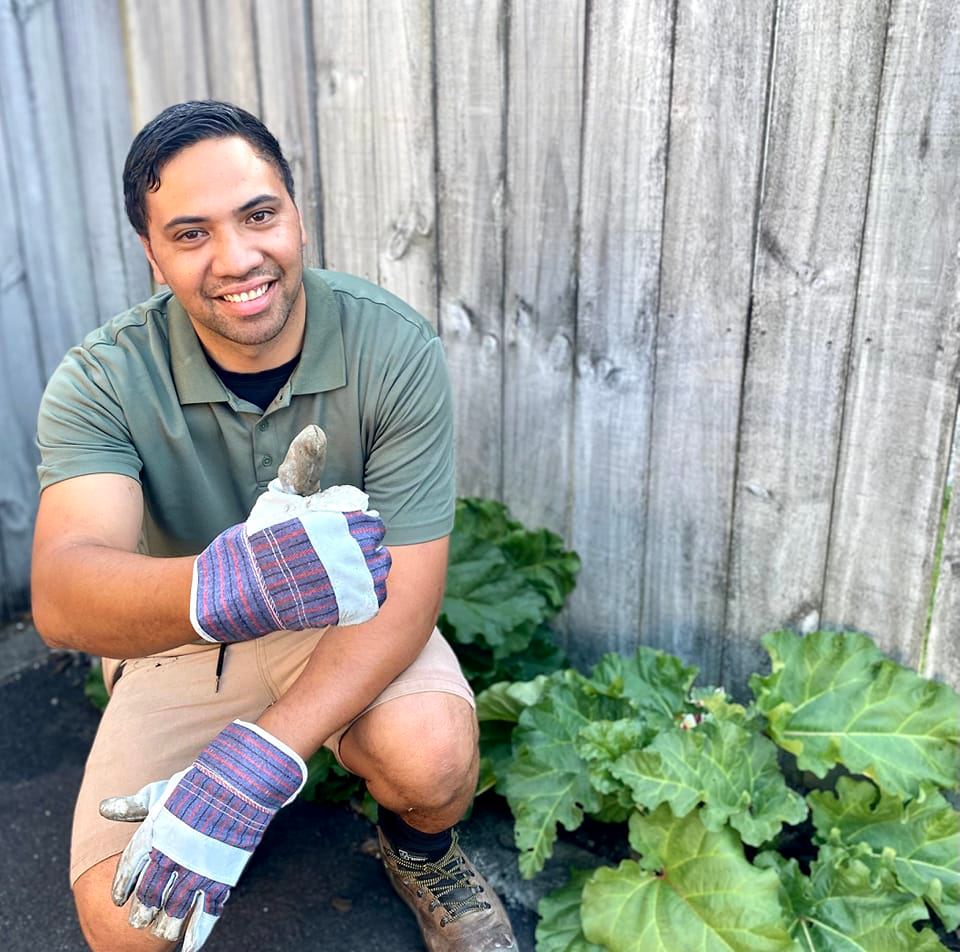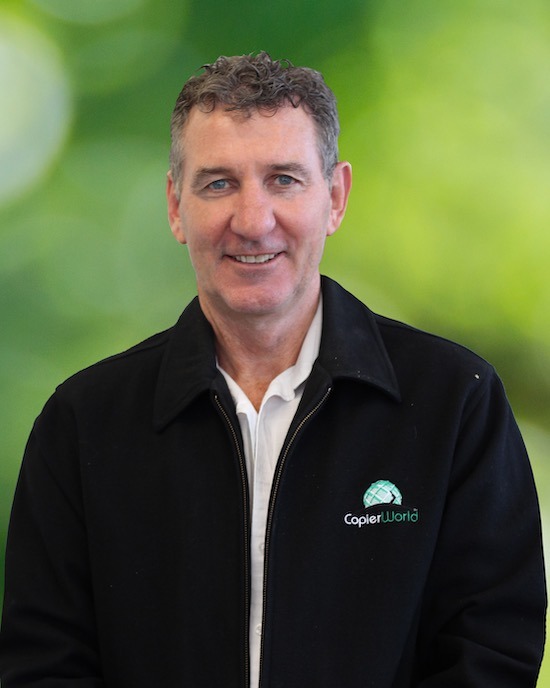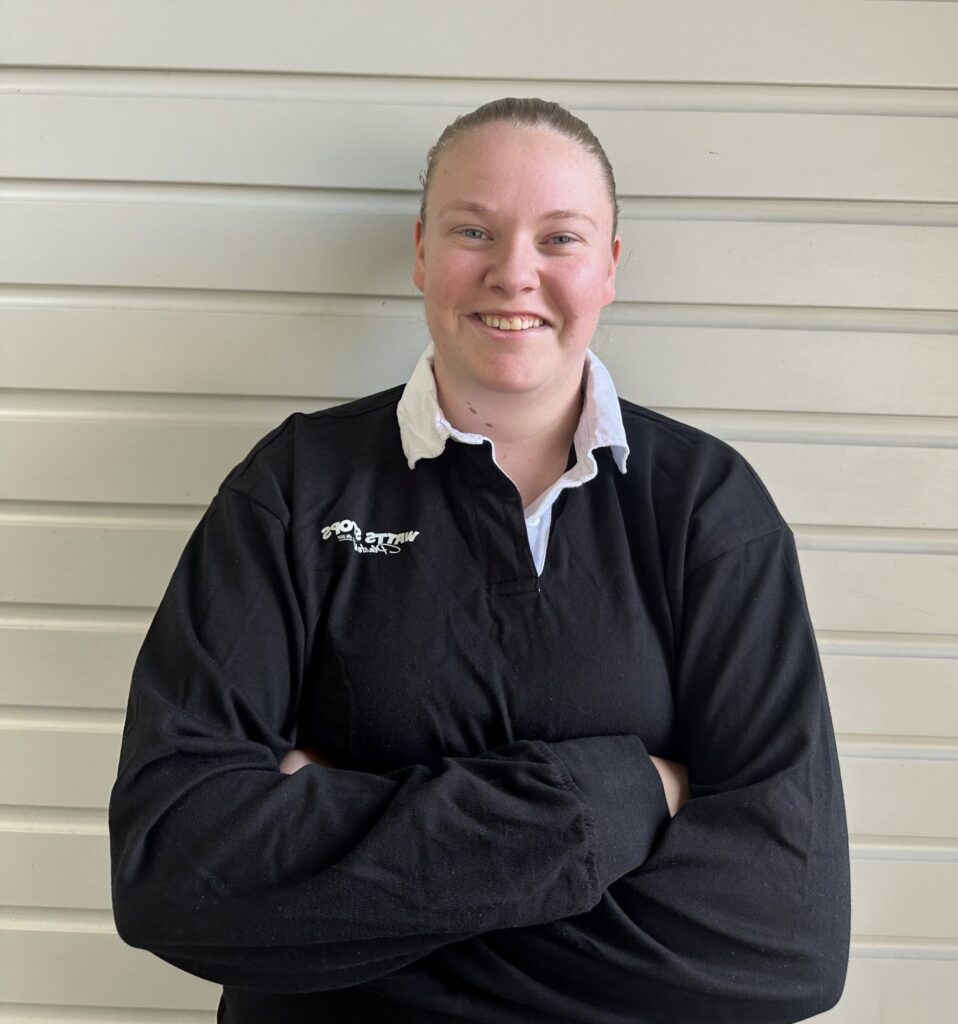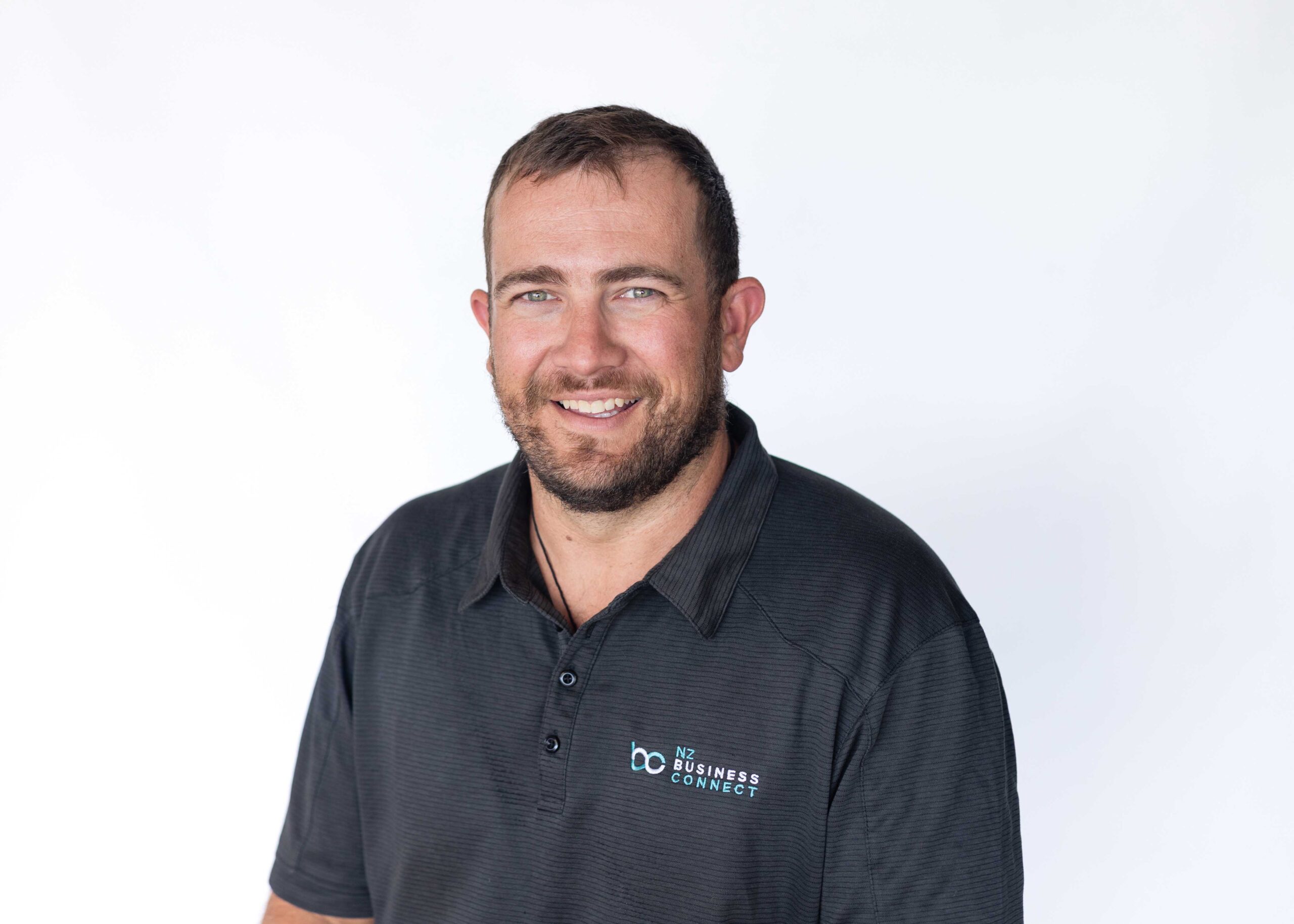In today’s digital age, many marketers are quick to dismiss traditional advertising methods in favour of flashy online campaigns. However, MAD Media firmly believes that billboards remain an indispensable tool in any comprehensive marketing strategy.

The Arguments Against Billboards
Critics of billboards often argue that they contribute to visual pollution, distract drivers, and may even negatively impact property values. Additionally, some believe that in the digital age, billboards are becoming outdated, offering limited effectiveness compared to targeted online ads. Environmental concerns are also raised, particularly regarding the production and energy consumption of billboards, especially digital ones. These arguments suggest that billboards might be more of a hindrance than a help in modern marketing strategies.
Why MAD Media Disagrees
MAD Media acknowledges these concerns but fundamentally disagrees with the anti-billboards stance. They argue that billboards, when strategically placed and creatively designed, enhance rather than detract from the visual landscape. A well-executed billboard can add character and vibrancy to an area, creating a memorable landmark. Furthermore, MAD Media believes that the distraction argument is overstated; when done right, billboards catch attention without causing undue disruption.
MAD Media emphasises the benefits of digital billboards in relation to environmental concerns. Unlike traditional billboards that require printed vinyl skins, which are often discarded after use, digital billboards are more environmentally friendly. They eliminate the need for printing and reduce waste, as the content can be updated instantly without physical materials. Digital billboards are also more cost-effective over time, as they avoid the recurring expenses of printing and installing new skins. MAD Media is committed to using eco-friendly materials and energy-efficient technologies to further minimise environmental impact.
Economical and High ROI
Despite what some digital enthusiasts may argue, billboards provide a high return on investment. The cost per impression is significantly lower than many online advertising methods. Billboards work around the clock, tirelessly promoting a brand without a need for intervention. This round-the-clock presence ensures consistent brand exposure.
Enhanced Local Targeting
Billboards excel in local targeting. They allow businesses to reach specific geographic areas effectively. For local businesses, this means directly connecting with potential customers in their vicinity. MAD Media tailors their billboard placements to maximise local engagement, driving foot traffic and boosting sales.
Complementary to Digital Campaigns
Rather than viewing billboards as competitors to digital marketing, MAD Media sees them as complementary. A cohesive marketing strategy integrates both traditional and digital methods. Billboards amplify online efforts, driving traffic to websites and social media pages. This synergy creates a multi-faceted campaign that engages audiences on multiple levels.
While digital marketing continues to grow, billboards remain a powerful and essential component of a successful marketing strategy. MAD Media embraces the enduring value of billboards and stands against the anti-billboard sentiment. By integrating traditional and digital methods, MAD Media creates comprehensive campaigns that drive real-world results. Businesses can trust MAD Media to elevate their brand with the timeless impact of billboards.
Contact MAD Media NZ
mad.nz /contact/
mail@mad.nz
P: 0800 2 GO MAD
Contact Media PA
phillip@mediapa.co.nz
P: 0274 587 724
www.mediapa.co.nz



















